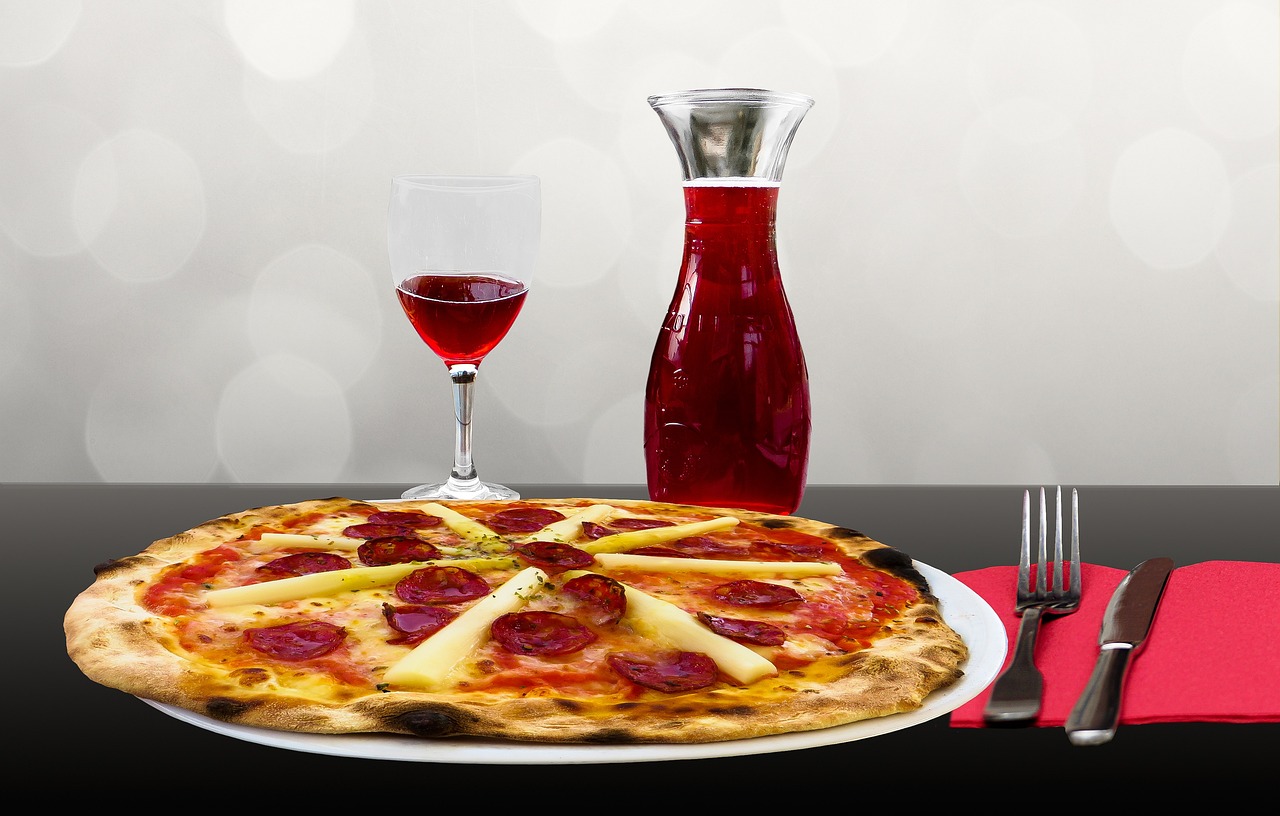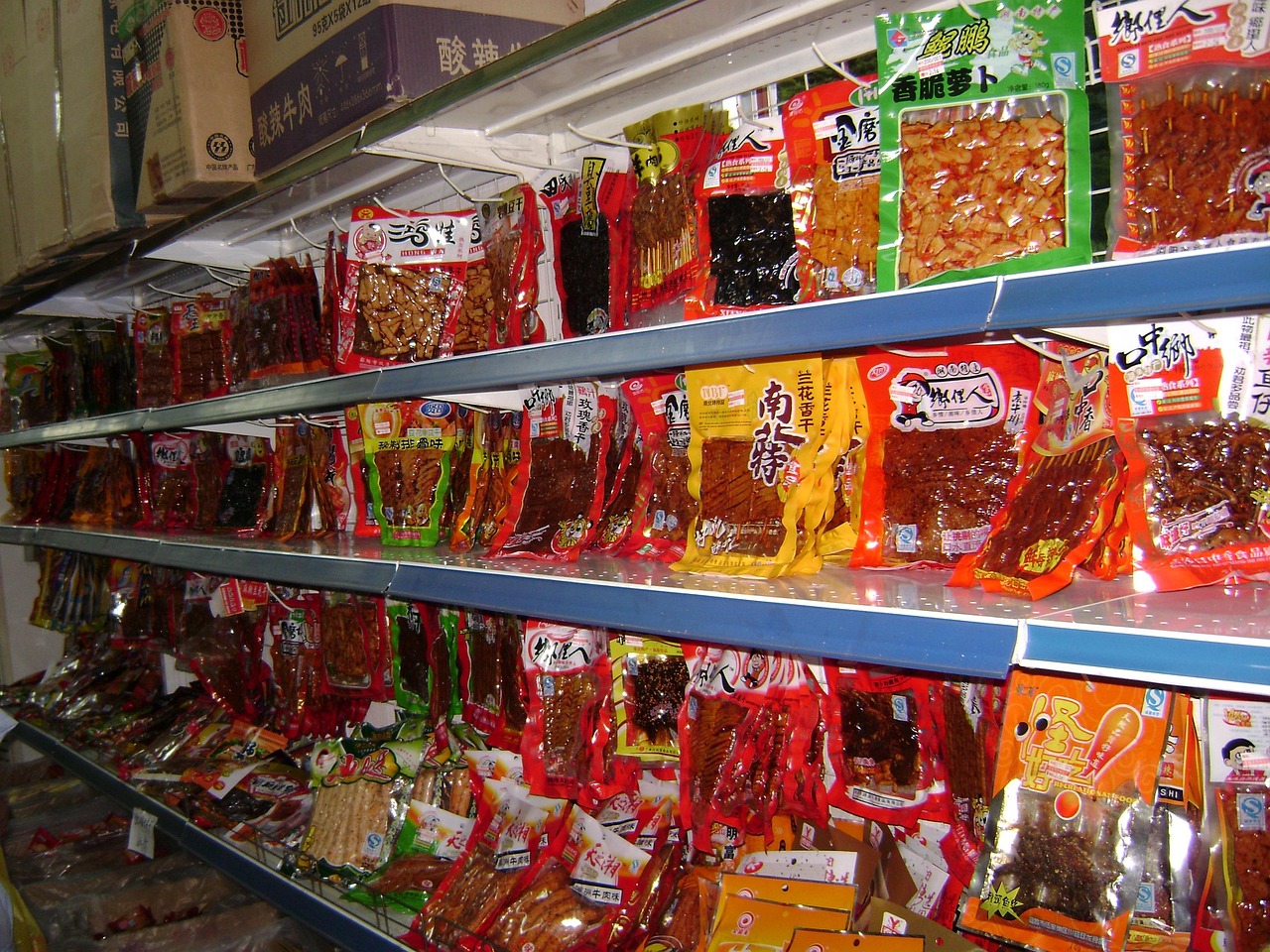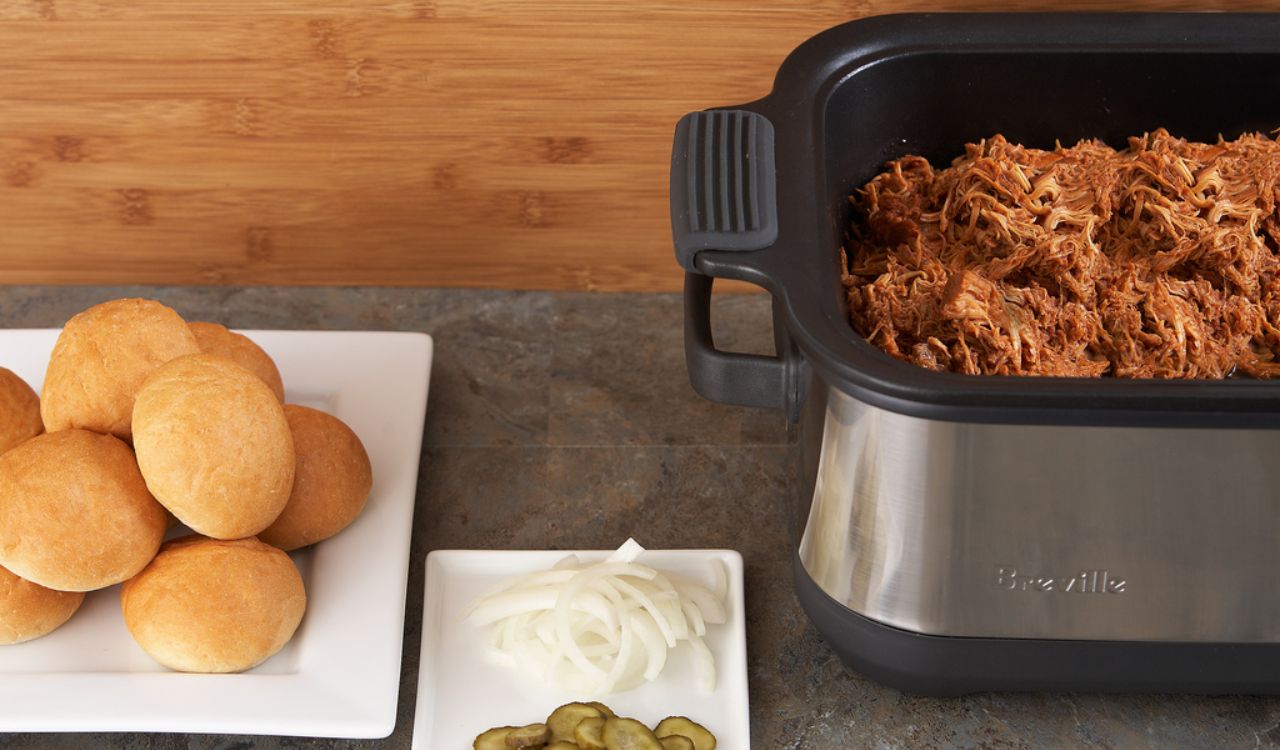12 Chinese Restaurant Dishes Everyone Orders Around The World
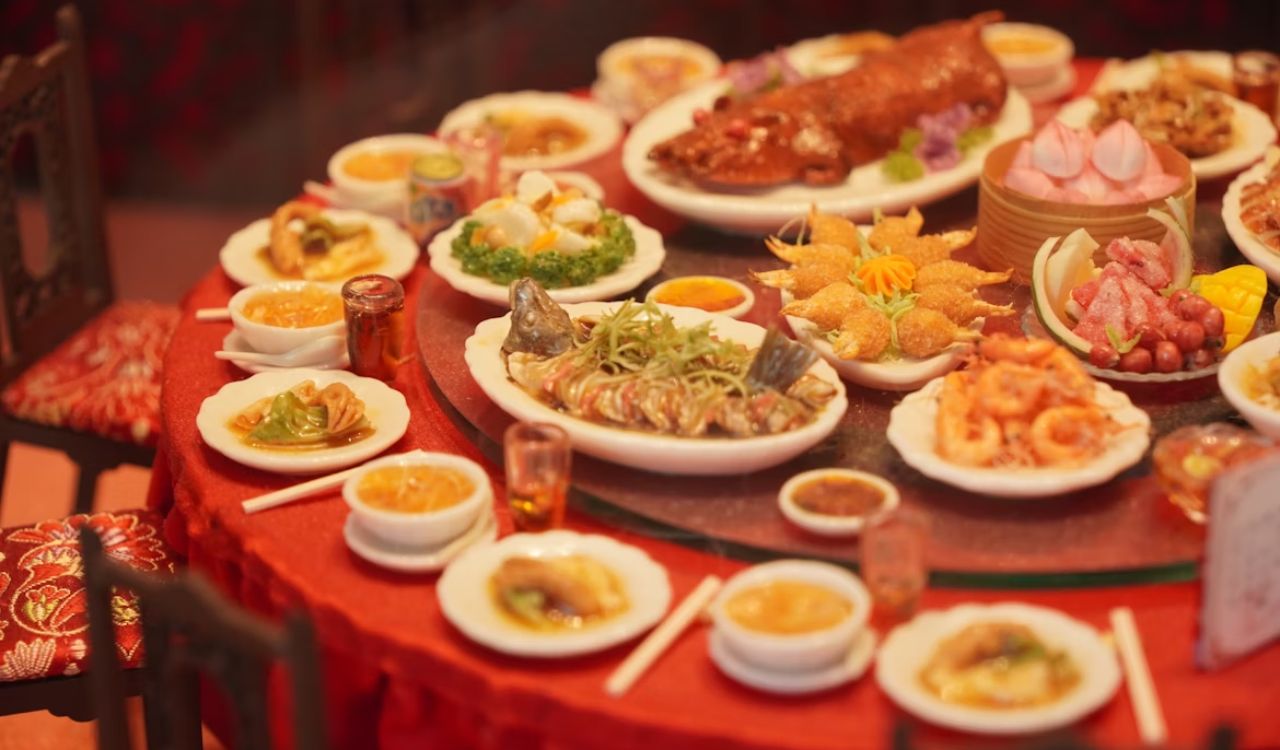
Chinese cuisine is one of the most beloved in the world, known for its balance of sweet, savory, sour, and spicy flavors. Whether in big cities or small towns, diners often turn to familiar dishes that deliver comfort and satisfaction. These meals are not only staples in Chinese restaurants but have also been adapted to suit local tastes across cultures. From iconic chicken recipes to warming soups and flavorful noodles, here are 12 dishes that continue to be ordered everywhere.
Sweet and Sour Chicken

Sweet and Sour Chicken is one of the most recognizable Chinese‑American dishes, though its origins trace back to Cantonese sweet and sour pork. Adapted for Western diners, the chicken version uses battered, fried pieces tossed in a glossy sauce of vinegar, sugar, ketchup, and sometimes pineapple. The mix of crisp texture and tangy‑sweet flavor appeals broadly, especially in the U.S., where it became a staple of takeout culture.
Kung Pao Chicken
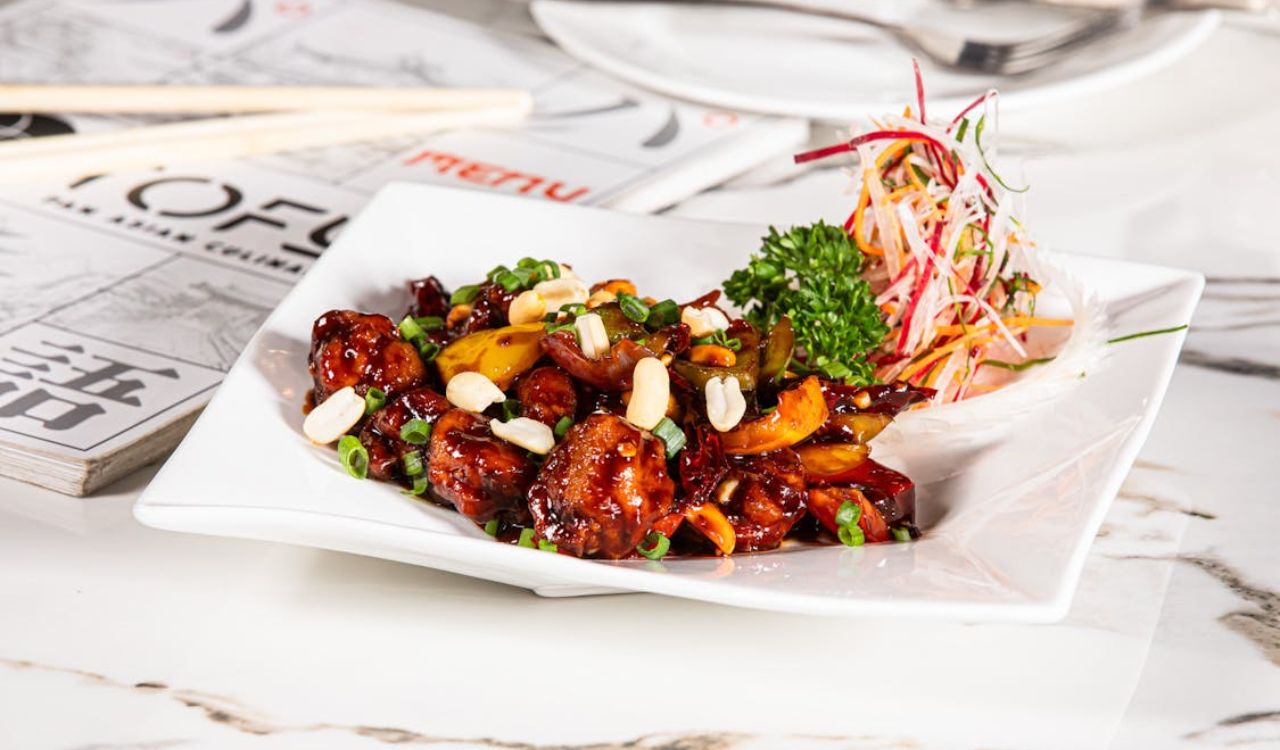
Kung Pao Chicken is a Sichuan specialty that has traveled far beyond China. Traditionally made with diced chicken, peanuts, dried chilies, and Sichuan peppercorns, it is known for its mix of heat and numbing spice. The sauce balances salty, sweet, and spicy notes, creating layers of flavor. International versions often reduce the heat while keeping the crunch and bold taste. This balance of texture and flavor has made Kung Pao Chicken a favorite on restaurant menus from Asia to North America.
Fried Rice
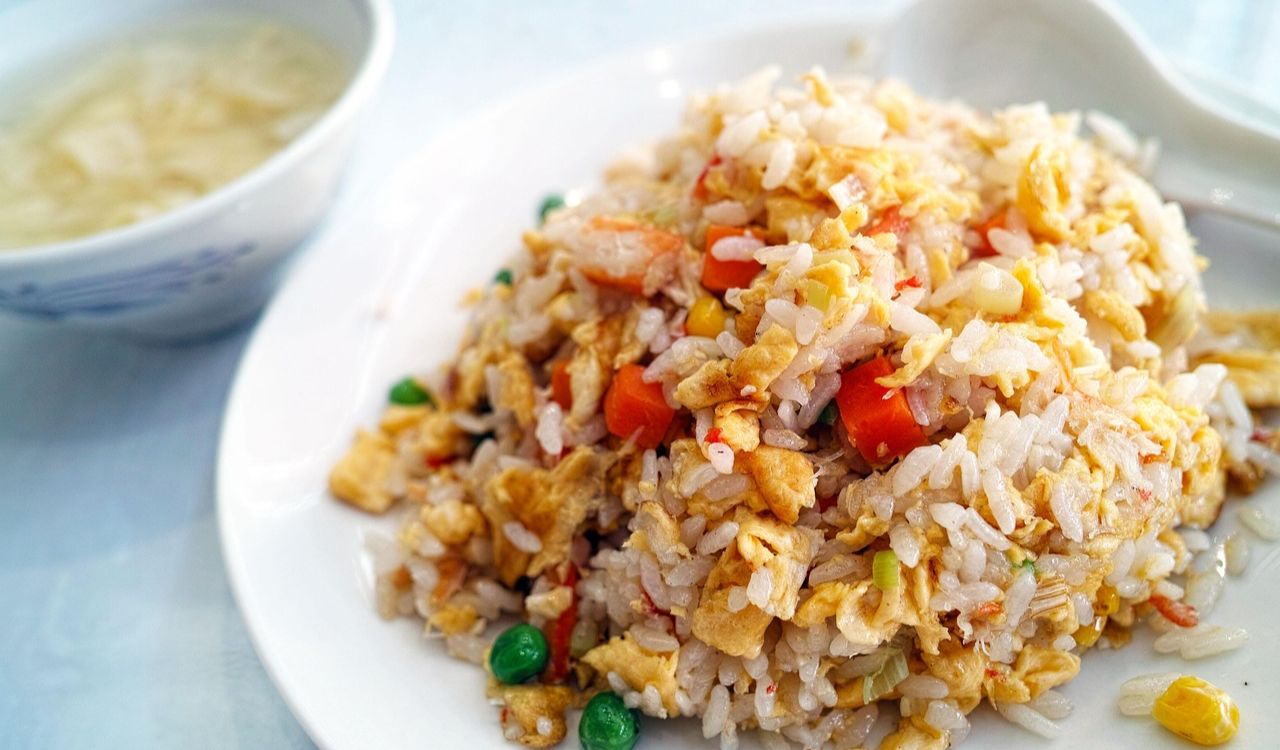
Fried Rice originated as a clever way to repurpose leftover rice, often stir‑fried with aromatics, egg, and bits of meat or vegetables. In China, versions like Yangzhou fried rice highlight balanced, finely diced ingredients. Western adaptations commonly feature peas, carrots, and soy sauce. Its global popularity comes from versatility: it transforms humble staples into a satisfying, adaptable meal found on nearly every restaurant menu.
Dumplings
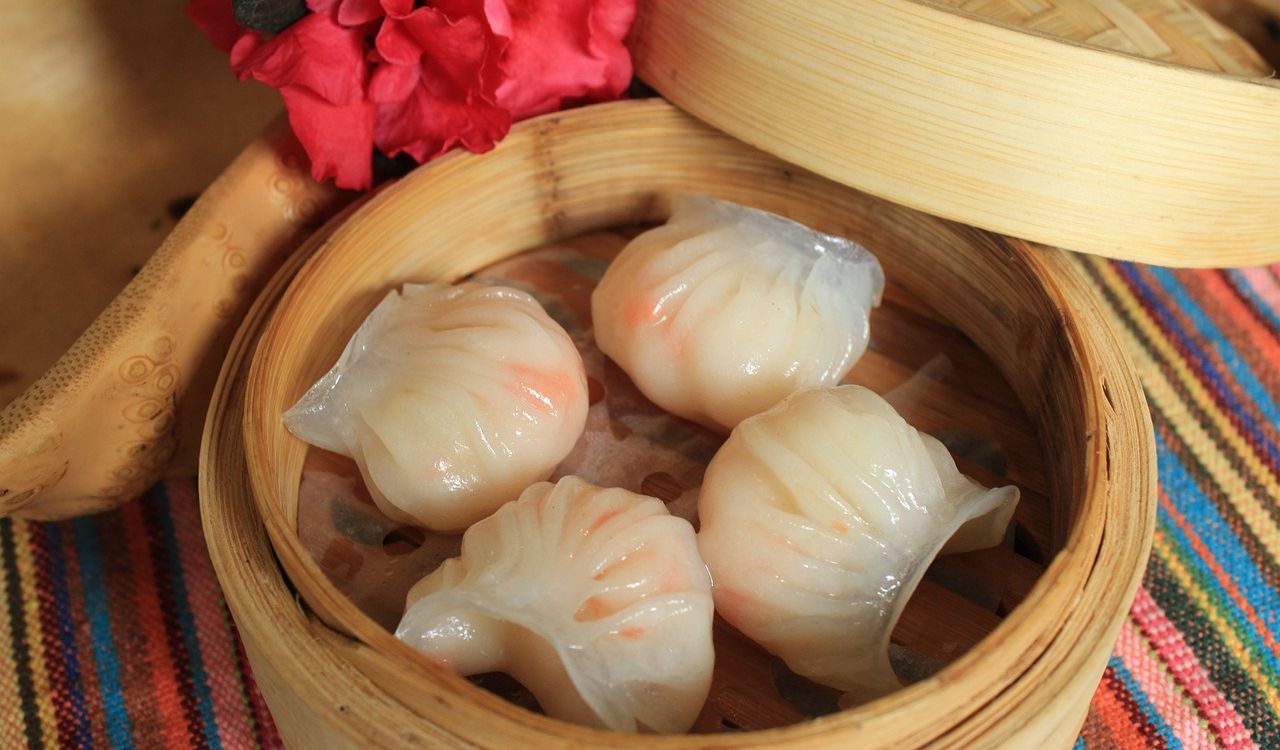
Dumplings are a cornerstone of Chinese food culture, enjoyed both at festivals and as everyday meals. Small parcels of dough are filled with meat, seafood, or vegetables, then steamed, boiled, or pan-fried. Each method creates a distinct texture, from soft and juicy to crisp and golden. Often served with dipping sauces made from soy and vinegar, dumplings are popular because they are flavorful, customizable, and easy to share. Their universal appeal has helped make them a favorite worldwide.
Hot and Sour Soup
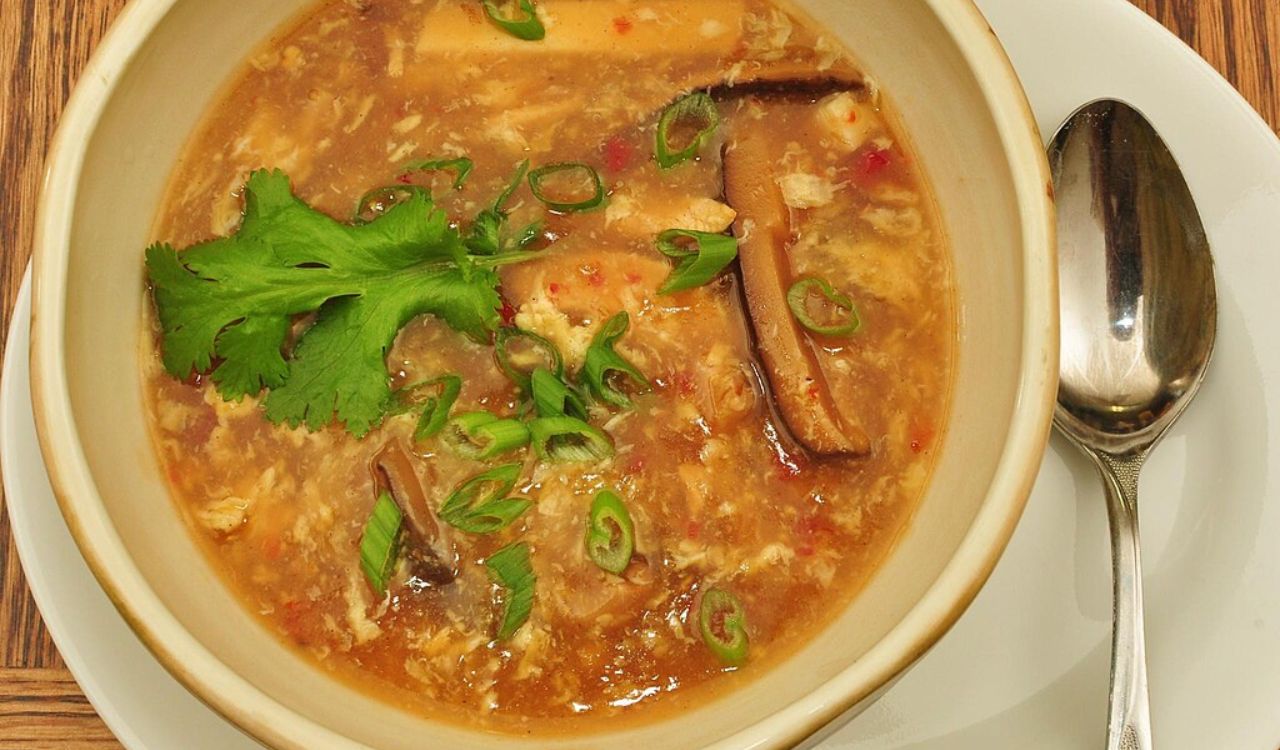
Hot and Sour Soup is a starter that combines tangy vinegar with spicy white pepper in a warming broth. Filled with tofu, mushrooms, bamboo shoots, and silky egg ribbons, the soup is both hearty and light. Its bold contrast of flavors makes it a go-to appetizer in Chinese restaurants, especially on cool days. The soup excites the palate while also offering comfort, which explains why it is so widely ordered across different countries.
Chow Mein
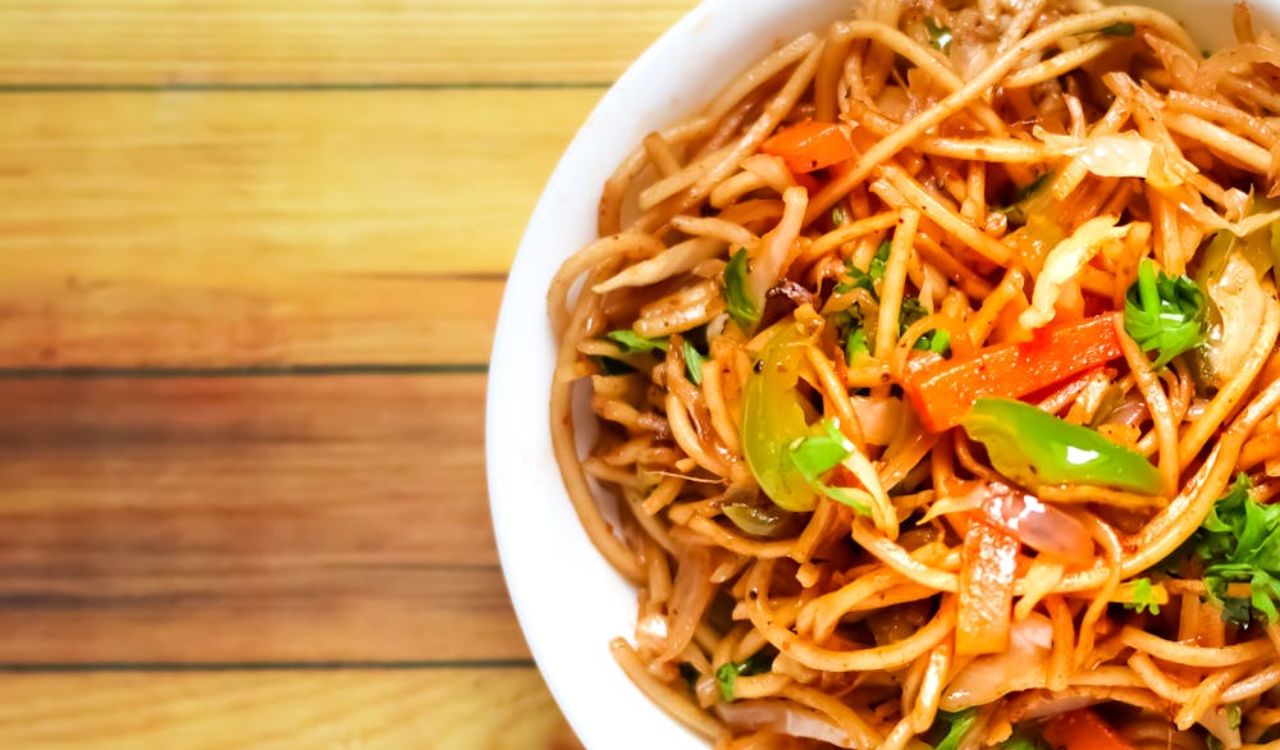
Chow Mein, meaning “stir‑fried noodles,” is a Cantonese classic, but it took on new forms abroad. In China it often uses fresh soft noodles briefly stir‑fried with vegetables and meats. In the U.S., “crispy chow mein” with fried noodles emerged as a popular takeout style. Despite variations, its appeal lies in the combination of noodles, sauce, and vegetables, making it one of the most enduring Chinese dishes across cultures.
General Tso’s Chicken
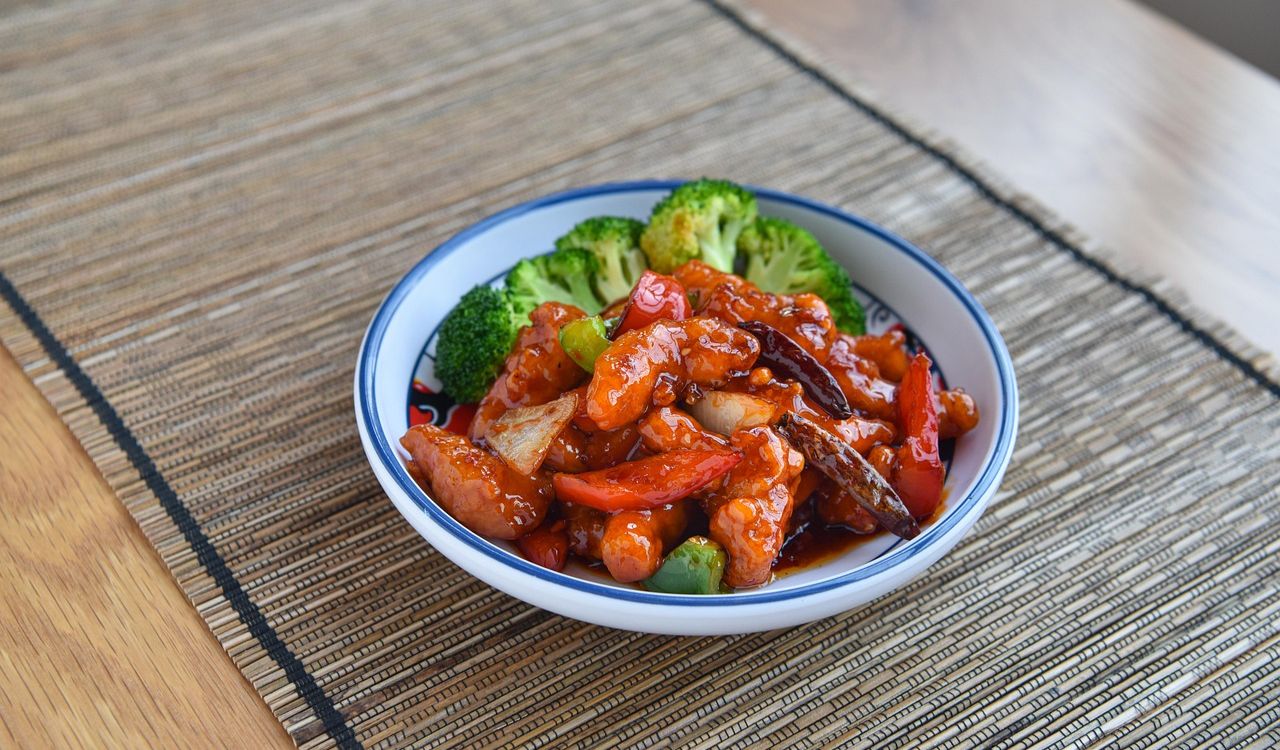
General Tso’s Chicken isn’t traditional Chinese fare; it was developed in the U.S. in the 20th century, inspired by Chinese flavors but unknown in mainland China. Crispy chunks of chicken in a sweet, mildly spicy sauce quickly became a signature of Chinese‑American restaurants. Its glossy, indulgent flavor profile made it a global success, even if its namesake general never ate it. Today it symbolizes the distinct evolution of Chinese cuisine abroad.
Peking Duck
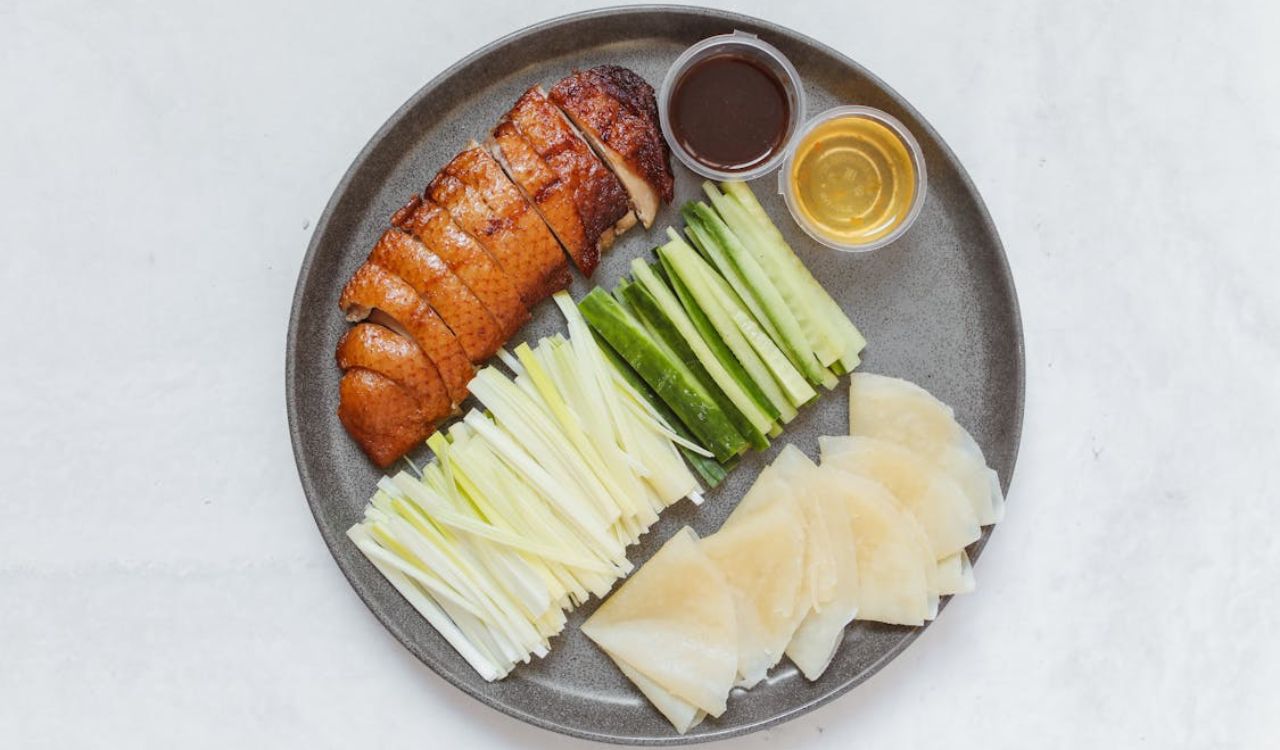
Peking Duck is considered one of China’s culinary treasures. The duck is roasted until the skin turns crisp and golden while the meat stays tender and juicy. It is served with thin pancakes, cucumber, scallions, and sweet bean sauce, allowing diners to build small wraps filled with flavor. Once a delicacy from Beijing, it has become a centerpiece dish in restaurants worldwide. Its combination of texture, flavor, and elegant presentation makes it unforgettable for those who try it.
Spring Rolls
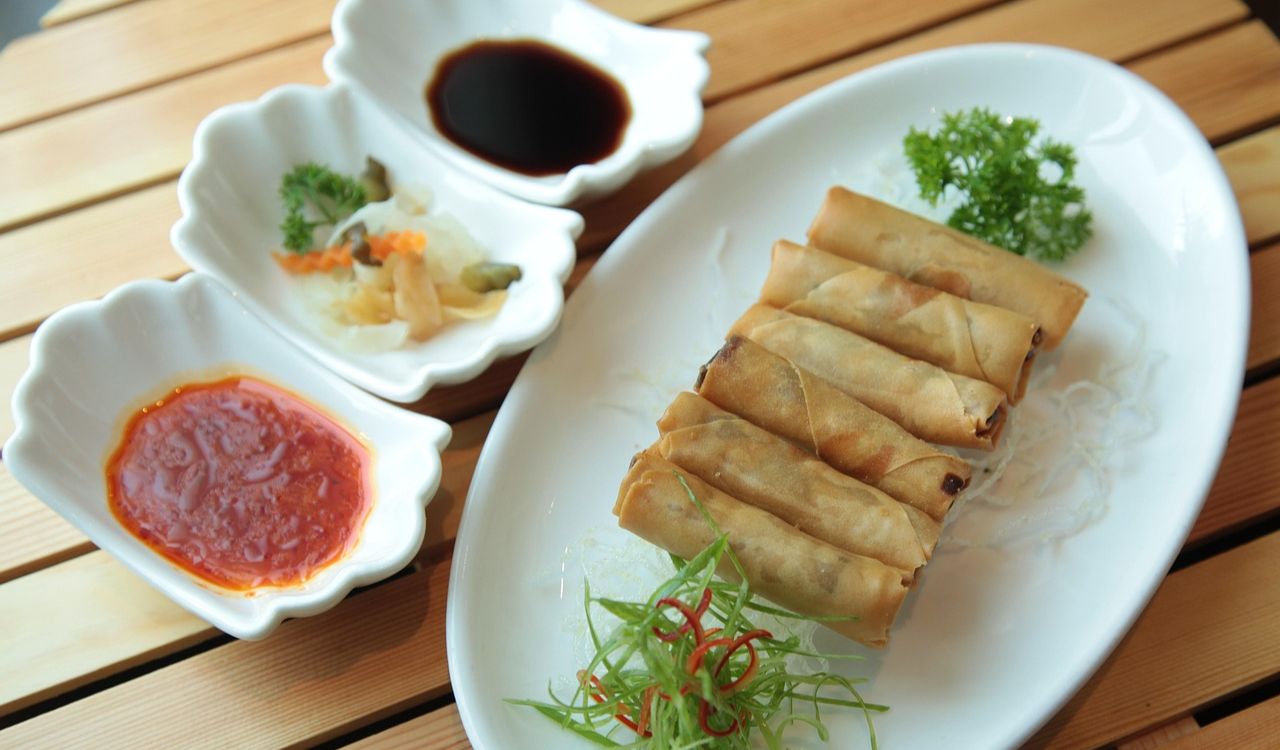
Spring Rolls are light and crispy starters that have earned international appeal. Thin wrappers are filled with vegetables or a mix of meat and vegetables, then fried until golden. Served with dipping sauces like sweet chili or soy, they offer a crunchy bite that works well as an appetizer or snack. Their simple preparation and versatility have made them a standard menu item in Chinese restaurants everywhere. Easy to share and easy to enjoy, they remain a go-to favorite.
Mapo Tofu
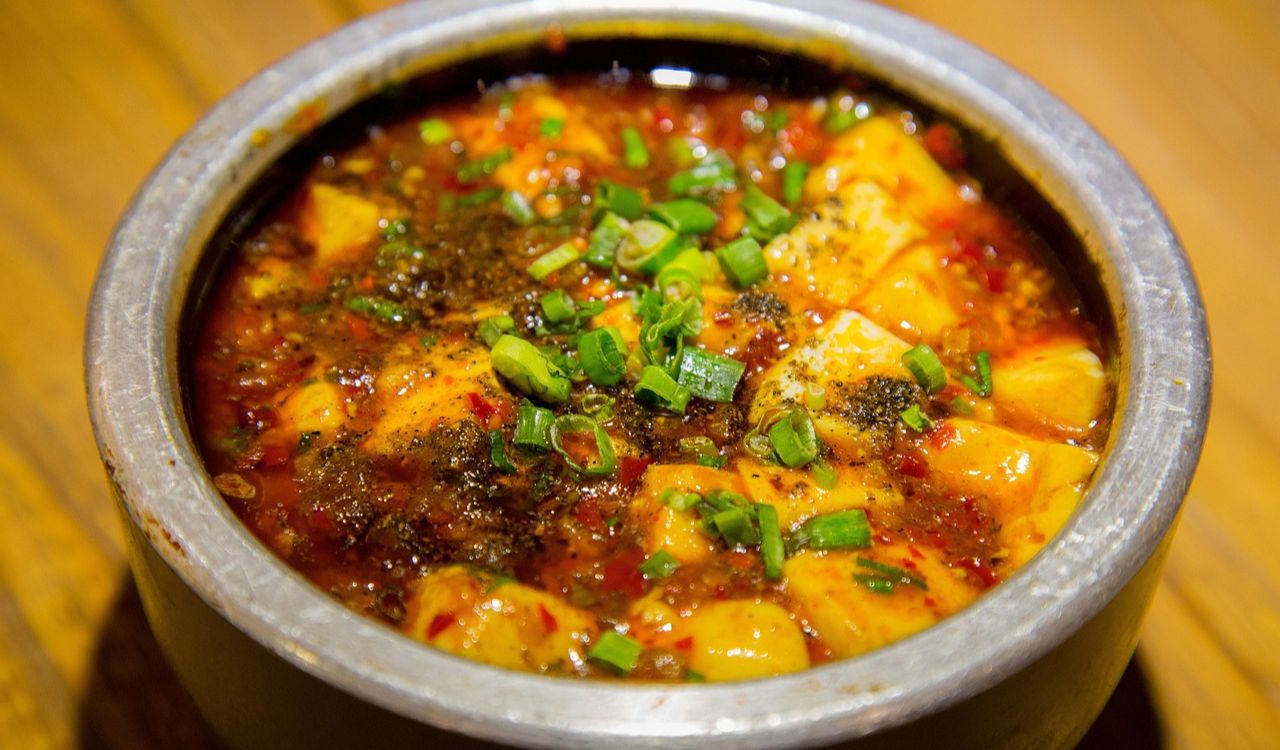
Mapo Tofu is a fiery and flavorful dish from Sichuan cuisine. Soft tofu cubes are simmered in a sauce made with fermented bean paste, garlic, and minced pork or beef, seasoned with Sichuan peppercorns for their numbing spice. The result is a dish that is bold, spicy, and comforting. International versions sometimes reduce the heat, but the savory depth remains. Served with rice, Mapo Tofu is a favorite for those who enjoy adventurous flavors and authentic regional dishes.
Lo Mein
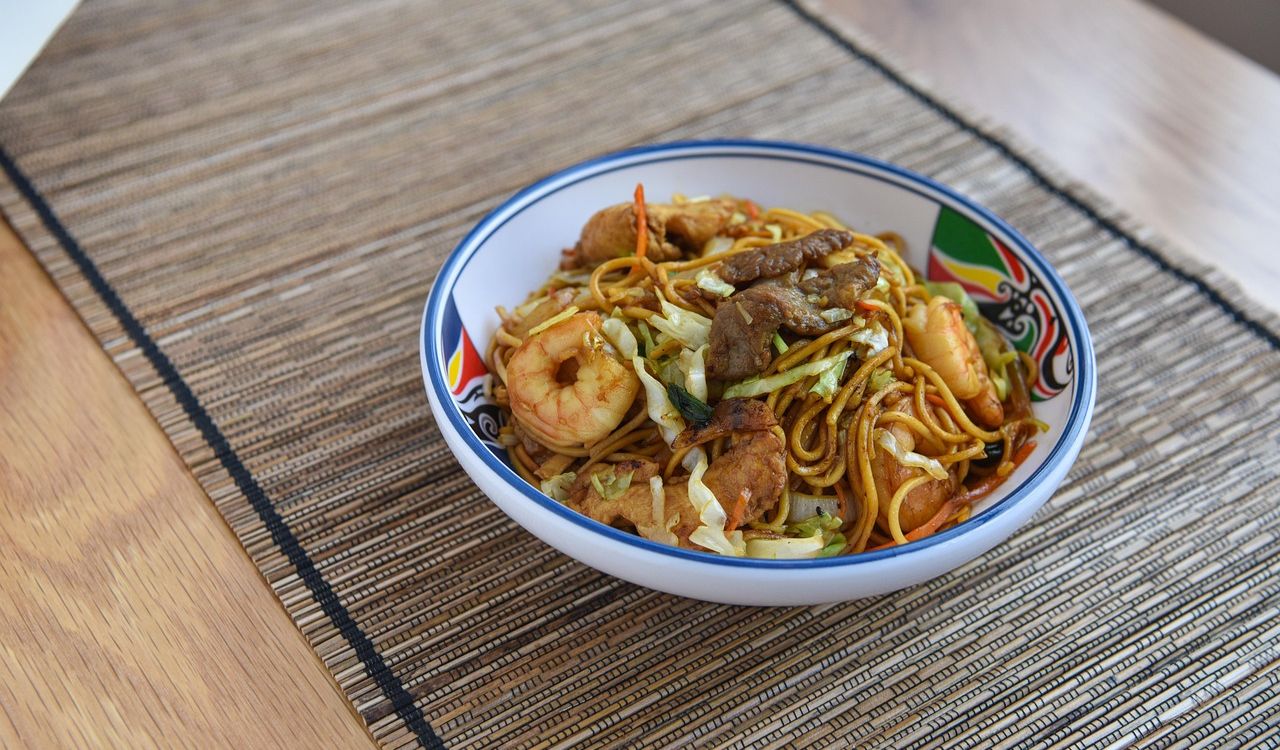
Lo Mein, literally “tossed noodles” in Cantonese, differs from stir‑fried chow mein. In China it often refers to boiled wheat noodles mixed with sauce, while in the U.S. it evolved into a saucy stir‑fried dish with vegetables and protein. The soft, chewy noodles coated in savory glaze make it a comfort favorite abroad. Its adaptability explains why lo mein remains one of the most ordered items on Chinese‑American menus.
Beef and Broccoli
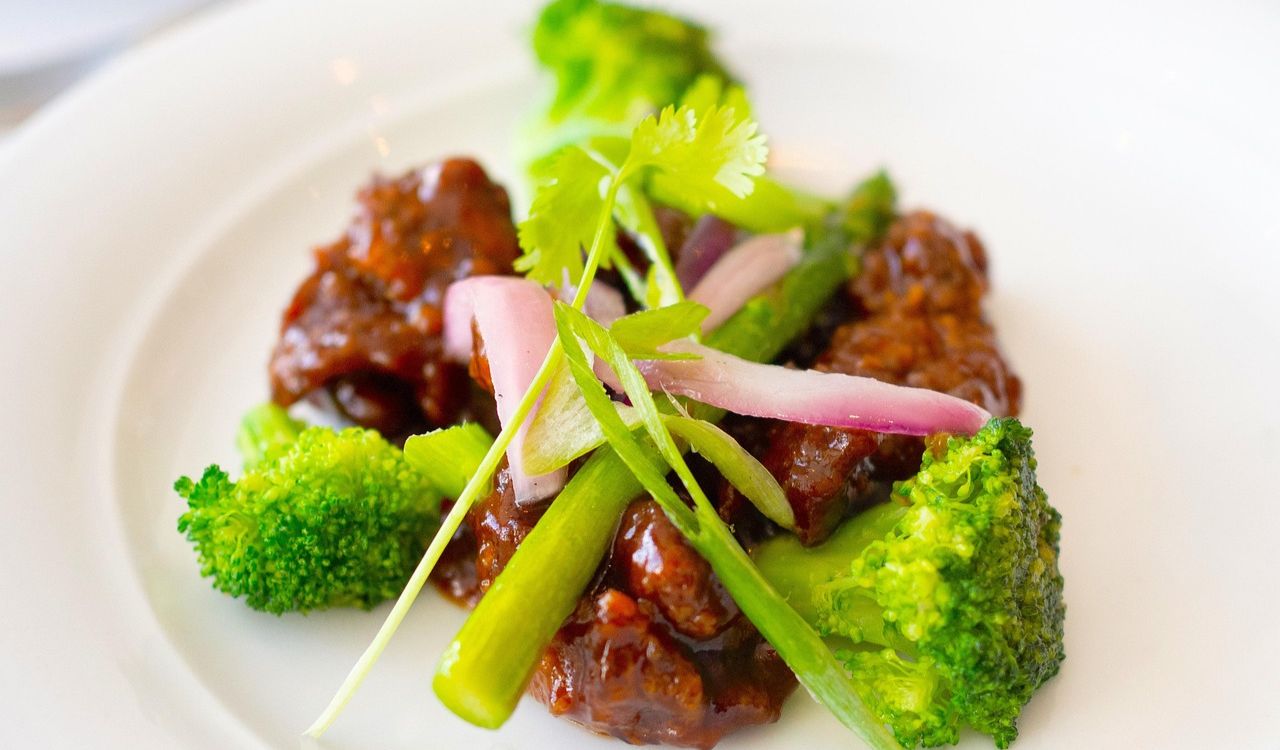
Beef and Broccoli may feel like a Chinese classic, but it’s largely a Chinese‑American invention. Broccoli, not widely eaten in China, was substituted for Chinese gai lan (Chinese broccoli) to suit U.S. markets. Stir‑fried with tender beef and a savory garlic‑soy sauce, it became a hit for its simplicity and balance of protein and vegetables. Though American‑born, its flavors align with Chinese cooking principles, making it a worldwide menu staple.



